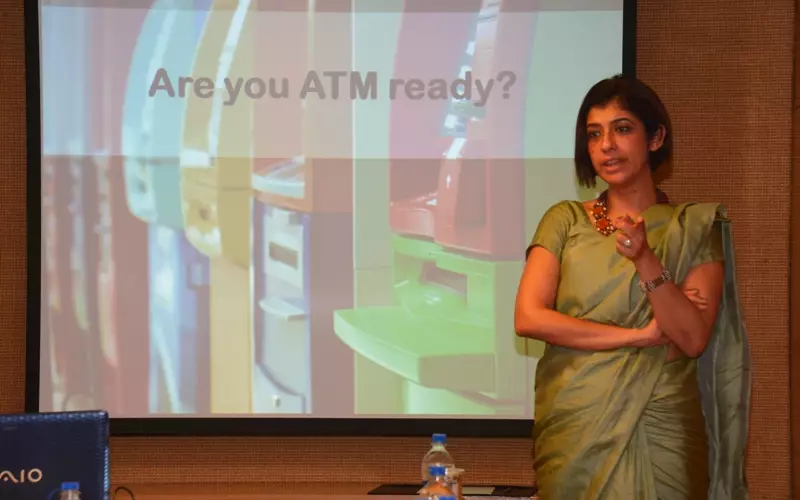Print audits are the need of the hour
On the occasion of the Awards Night on 6 October, PrintWeek India hosted a roundtable for 13 print delegates from all over India (excluding Mumbai). Titled, ‘How Print Can Transform Business’, the event had three distinct features. First, there was a presentation on the changing trends in the print industry, as observed from the samples received in for PrintWeek India Awards 2014. Second, there was a presentation by Geetanjali Bhattacharji of Spatial Access, who highlighted how print
08 Oct 2014 | By Dibyajyoti Sarma
While Indian print industry is going from strength to strength, the general consensus is that it is still a largely unorganised sector, with printers working in isolation in the absence of a clear, industry orientated metric to measure price, among other things.
According to Geetanjali Bhattacharji of Spatial Access, the time is ripe for the print industry to come together and share information in a common platform, from print production to clientele.
Spatial Access is best known for its consultancy and collaborations with more than hundred firms, brand owners and media spenders during the past eight years. Bhattacharji said the firm is keen to initiate a payment metric which provides a level playing gateway to Indian print firms. The idea is to attempt a tracking system which is online. This is not to be confused with reverse auctions or print cartels.
According to Bhattacharji, there are three things that needs to be concentrated upon – accountability (where a print firm provides all the answers), transparency (where data is shared), and measurement (investment in the metric). The ultimate goal of the exercise, according to Bhattacharji, is to create a gold standard for a print production rating system. The first step would be to establish a rated database of projects and partners, which would ultimately be a simple tracking system, created by an unbiased third party.
While the print delegates present appreciated the idea, there was also some skepticism. First, most print firms in India guard their information jealously. Second, as Sanjeev Sondhi of Zircon Technologies, pointed out, majority of times a printer does not get to meet the brand manager, but just the procurement guys. Here, Bhattacharji said a well defined measurement system can help both the printers and the brand managers.
In his presentation, David Stedeford, global director, Chase Durable Paper Products, exhorted the benefits of PaperTyger, a paper which is strong, durable and yet easily oxy-biodegradable. Stedeford said PaperTyger is a combination of two 31gsm papers with a film in between. This makes the paper as sturdy as any synthetic material. The best thing about this paper is that unlike other synthetic material, it is degradable. The company is supplying the paper in India in collaboration with Mumbai-based Srinivas Papers.
On the recent print trends, culled from the sample received for the PWI Awards, it was observed that 60% of brochures were printed in Specialty Paper and most of them were 170 gsm. Again, 40% brochures were with foiling. In case of books, 75% used lamination, 9% foiling and 22% spot UV. In the segment, the new trend is print-on-demand, and shorter runs and quicker turnarounds of 2-3 days.

In the packaging segment, 24% were met-pet cartons, 36% used embossing, and 23% used lamination. In packaging, 71% of the jobs used special colours. Trends included velvet finish, Fresnel lens effect, pre-printed holograms, extended flap as functional packaging and fifth display panel. The study revealed that innovation in packaging is driven by brand owner’s need to reduce costs and improve product differentiation on shelf.















 See All
See All